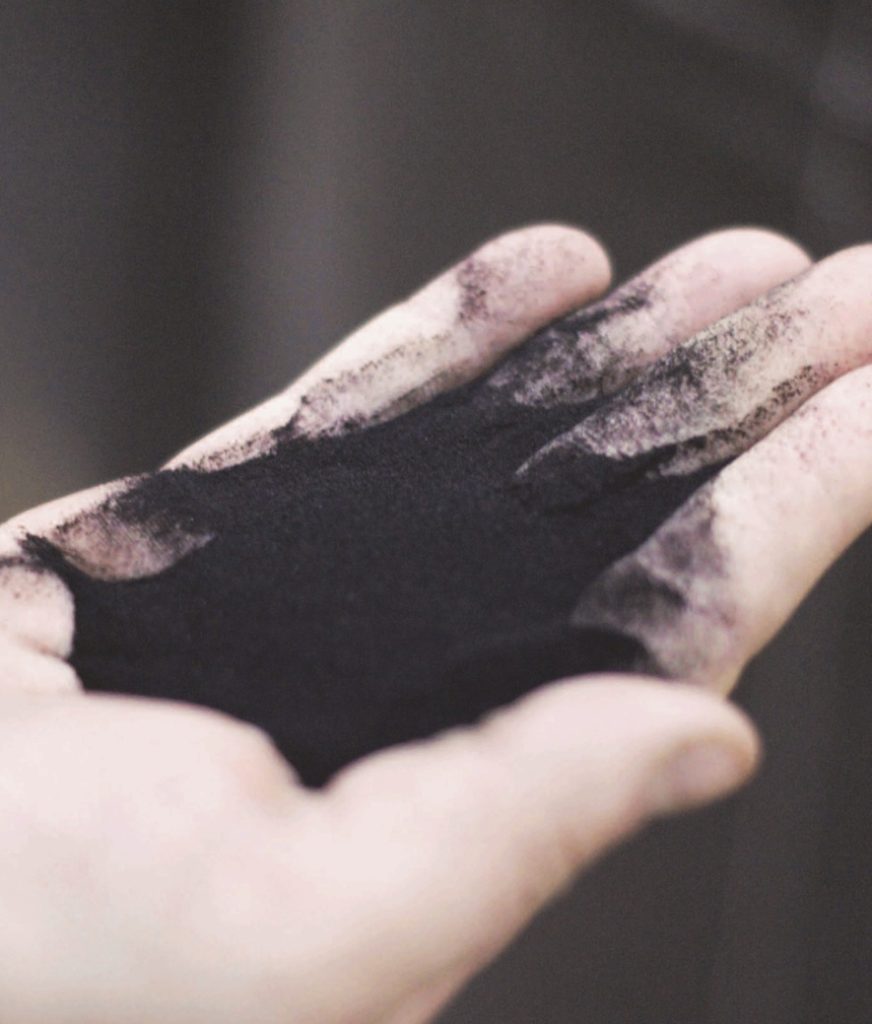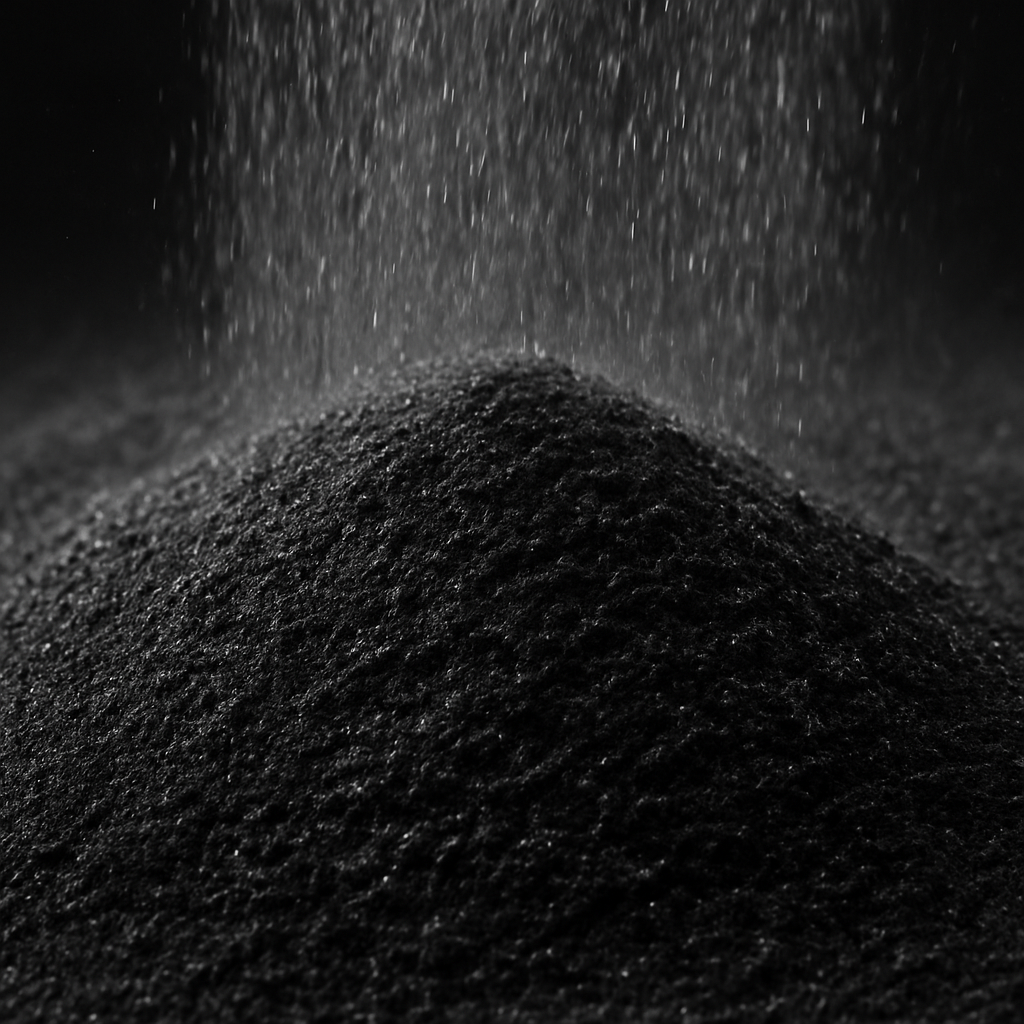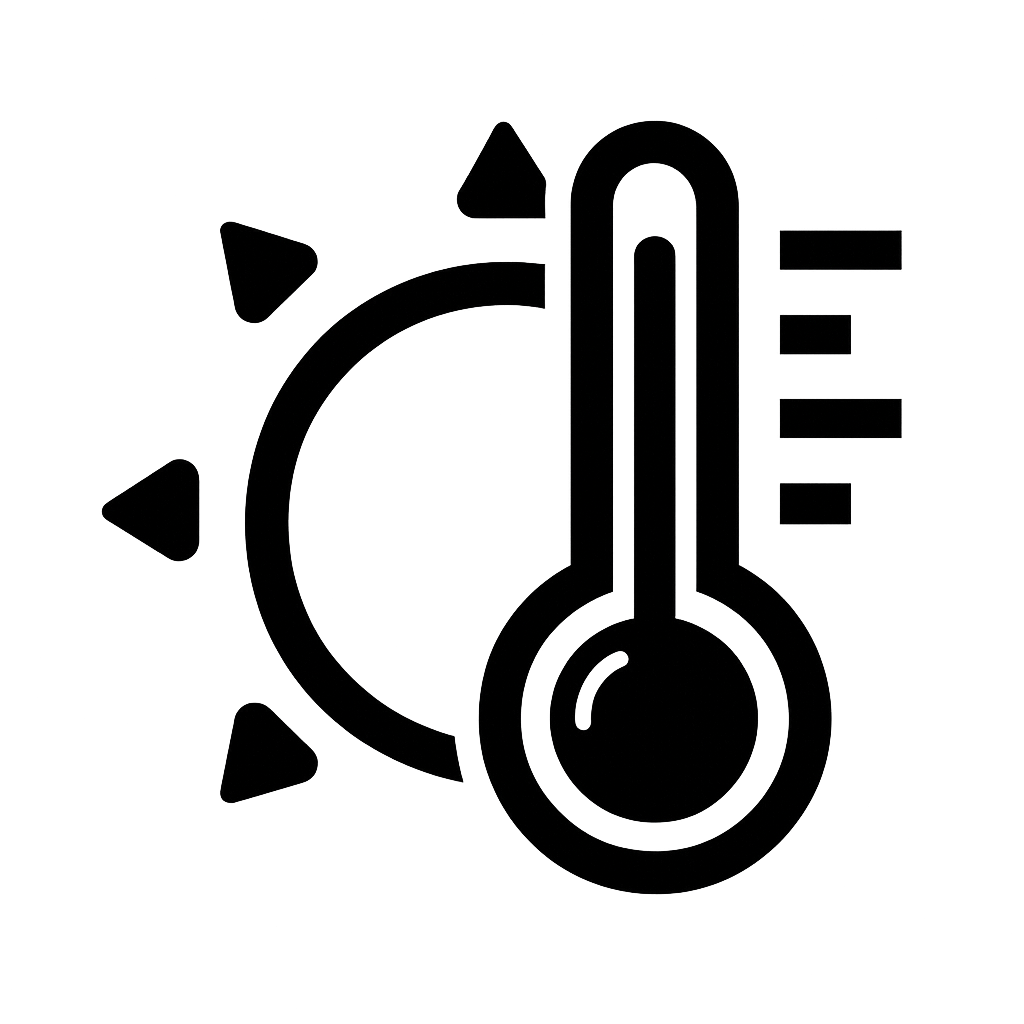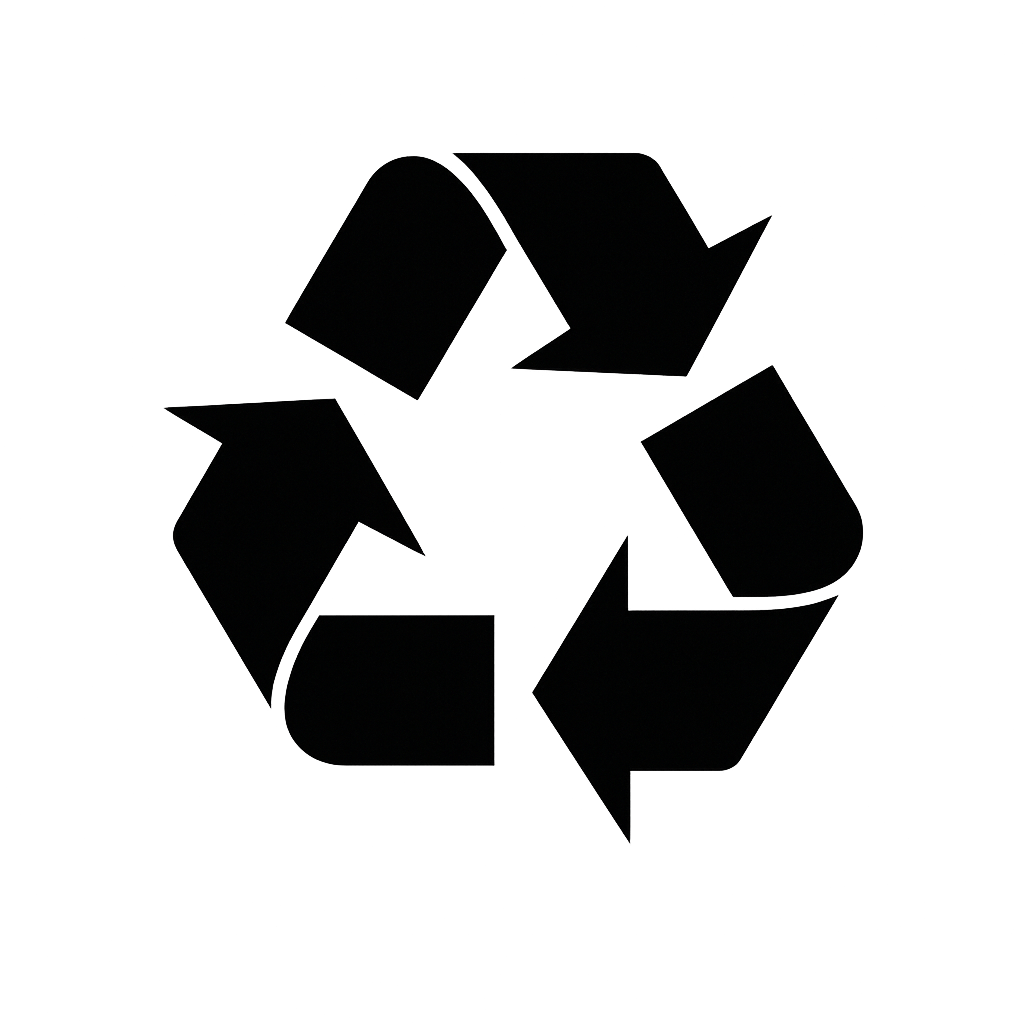The Rubber
The rubber tree
(Hevea brasiliensis)
Rubber can be obtained in two ways: naturally, from latex, a milky liquid extracted mainly from the tropical tree Hevea brasiliensis, and synthetically, through industrial processes that use petroleum derivatives as raw material.
Modern tires are made from a combination of natural and synthetic rubber. To give them greater strength, elasticity, and durability, this mixture undergoes a vulcanization process. Internal reinforcements of steel cables and textile fibers are then added to provide the tire with its characteristic firmness, stability, and shape. On average, naturalrubber accounts for about 18% of a tire’s total weight.
At the end of their useful life, tires become waste that, if properly managed, can berecovered and reused in various processes.
The environmental
challenge of end of life tires.
The high global demand for tires and the constant need for replacement generate millions of tons of end-of-life tires every year.
These products are designed to withstand extreme mechanical and climatic conditions, which gives them exceptional durability but also makes them virtually non-degradable waste: they can take up to 500 years to decompose.
Due to their large volume, tires take up significant space in landfills, where they can generate polluting leachates and pose fire hazards with serious environmental and health consequences. This situation has made end-of-life tires one of the most urgent and widespread environmental problems worldwide.


Recycling of
end of life tires
Through a mechanical process that includes grinding, particle size classification, cleaning, and moisture leveling, a selection of high-quality
cork particles is obtained, ready for various industrial and construction applications. Cork is a unique material: elastic, resistant, insulating, and durable. Its versatility, sustainability, and natural beauty make it an ideal solution for meeting the challenges of architecture and
modern life, while respecting the environment. The solutions we develop with cork make the
most of these qualities, inspiring our customers around the world to build in a smarter, more efficient, and more environmentally friendly way.
Properties of cork

Waterproof
Rubber repels water,
preventing it from passing
through and ensuring a
completely waterproof surface.

Electrical insulator
Rubber is a natural insulator
that blocks electrical
conduction, preventing the
flow of charges or electrons.

Elastic and flexible
Rubber is a flexible material,
which is why it can
withstand significant
deformation without
breaking.

High temperature resistant
It is a material that is highly
resistant to temperature
changes without being a
conductor of energy.

Shock resistant
Due to its strength,
flexibility, and resilience,
rubber has a remarkable
ability to absorb shocks.

Recyclable
Tire recycling allows them to
be reused as raw material in
the manufacture of new
products.

